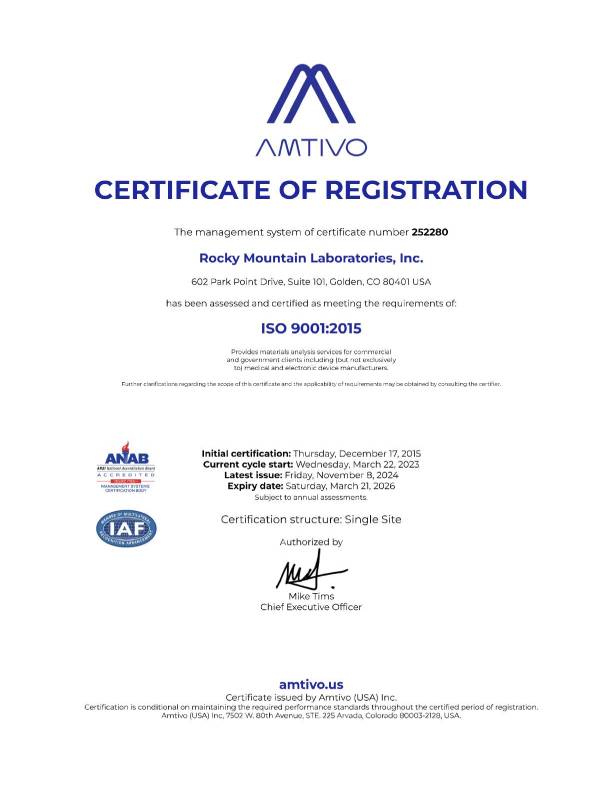Scanning Electron Microscopy (SEM) is a pivotal tool in the semiconductor industry, offering a detailed and high-resolution approach for the characterization and analysis of semiconductor materials and devices. SEM is employed in various stages of semiconductor manufacturing, from research and development to quality control, failure analysis, and process optimization.
Key Applications
1. Device Imaging and Characterization
SEM provides semiconductor engineers with the ability to visualize and characterize the surface morphology of semiconductor devices at the nanoscale. This includes detailed imaging of transistors, diodes, and other components critical to the functionality of integrated circuits.
2. Failure Analysis in Semiconductor Devices
In semiconductor manufacturing, identifying the root cause of device failures is crucial. SEM, coupled with techniques like focused ion beam (FIB) milling, enables cross-sectional imaging and analysis, allowing for the detection of defects, delamination, and other issues impacting device performance.
3. Metrology for Process Control
SEM is used for metrology in semiconductor manufacturing, aiding in the precise measurement of critical dimensions, layer thickness, and other parameters. This is essential for maintaining the accuracy and reliability of semiconductor devices.
4. Material Characterization of Thin Films
Semiconductor devices often involve the deposition of thin films with specific properties. SEM, along with energy-dispersive X-ray spectroscopy (EDS), facilitates the analysis of thin film composition, uniformity, and adhesion, ensuring the quality of the fabrication process.
5. Wafer Inspection
SEM is employed for inspecting semiconductor wafers at various stages of production. It assists in identifying defects, particle contamination, and surface irregularities that could impact the performance and yield of semiconductor devices.
Advantages of SEM Analysis in Semiconductor Industry
- High-Resolution Imaging: SEM provides exceptionally high-resolution imaging, allowing for the detailed examination of semiconductor structures and components at the nanoscale.
- Elemental Analysis: The integration of EDS with SEM enables elemental analysis, aiding in the identification of materials and contaminants in semiconductor devices.
- 3D Imaging Capability: SEM offers the capability to generate three-dimensional images, providing a comprehensive view of the topography and structure of semiconductor devices.
- Precision in Nanoscale Analysis: SEM is instrumental in nanoscale analysis, allowing for the visualization and measurement of features critical to semiconductor device performance.
SEM analysis stands as a cornerstone in the semiconductor industry, contributing significantly to the development, manufacturing, and quality control of semiconductor devices. Its ability to provide detailed insights at the microscopic and nanoscopic levels ensures the continued progress and reliability of semiconductor technologies.
For advanced SEM analysis services tailored to semiconductor applications, Rocky Mountain Laboratories combines expertise with cutting-edge technology. Contact us today to explore how SEM can elevate your semiconductor research, manufacturing, and quality assurance processes.



